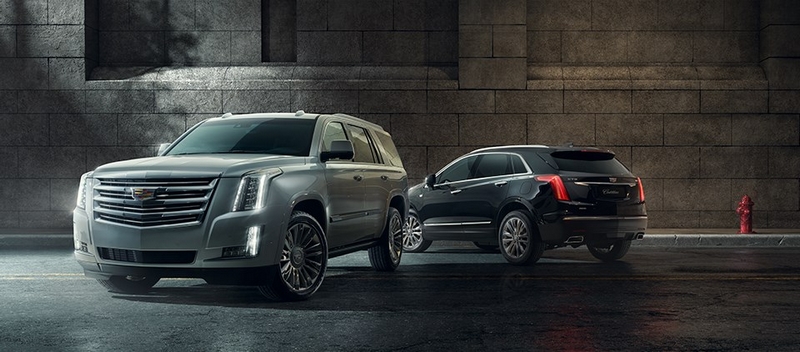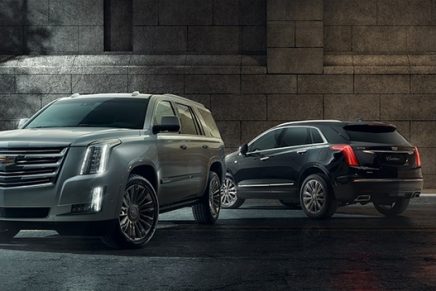For most people, a car is one of the two most expensive purchases they will ever make (a home being the other). According to Kelley Blue Book, the average new vehicle transaction price is just over $38,000 (as of November 2019).
Because of this, few people can afford to pay cash for a new car. Instead, they have to borrow money from financial institutions. That is why it’s important to understand how car loans work.
The Basics
Ideally, you’ll take stock of your credit score, your income level and your needs to determine the vehicle best suited for your particular set of circumstances. Your credit score will, in part, determine whether you’ll get a loan and how much you’ll pay for it. Your income will figure into determining how much of a loan you can afford, while your needs should dictate the type of vehicle you acquire.
Credit Scores and Interest Rates
Finance companies charge you interest In exchange for providing you the money with which you’ll purchase the car. How much you’ll be charged varies in part in direct portion with the strength of your credit history, as evidenced by your credit score.
The average interest rates based upon credit scores as of December 2019, according to US News and World Reports are:
Credit Score New Car Loan Used Car Loan Refinance Car Loan
750+ 4.96% 5.21% 4.48%
700 – 749 5.01% 5.26% 5.01%
650 -699 11.93% 12.18% 8.01%
450-649 18.21% 18.46% 16.51%
449 or less 23.81% 24.06% 19.84%
As you can see, the higher the credit score, the lower the associated interest rate. This is because financiers consider people with high credit scores to be less of a risk. They offer these people better deals because they want to attract them to a car loan.
Income Level, Down Payment & Loan Amount
While it might be obvious to some, it bears repeating here.
Your income should be one of the key considerations when it comes to determining how much you should pay for a car. generally speaking, the more disposable income you have, the more you can afford to sink into your transportation.
Still though, you should make every effort to negotiate the lowest purchase price achievable, make the largest down payment feasible and have the loan run over the shortest amount of time possible. Each of these efforts will result in you paying less overall to satisfy the loan obligation.
Any good payment calculator will demonstrate how a larger down payment, a lower interest rate or a longer loan term can lower your monthly payments. In fact, a larger down payment and a longer term can lower your payments — regardless of the interest rate. That is why you need to pay extra close attention to the former of those two factors. The greater the time horizon you accept, the more you’ll pay overall, even with a lower monthly payment or a larger down payment, because you’ll pay more interest.
On the other hand, making the largest down payment you can swing presents a number of key advantages. It makes your loan amount smaller, it can make your interest rate lower — and it makes your monthly payments lower — over a shorter amount of time.
This, simply put, is how car loans work. Understanding how these elements can be used to your best advantage will help you get the best deal possible.







